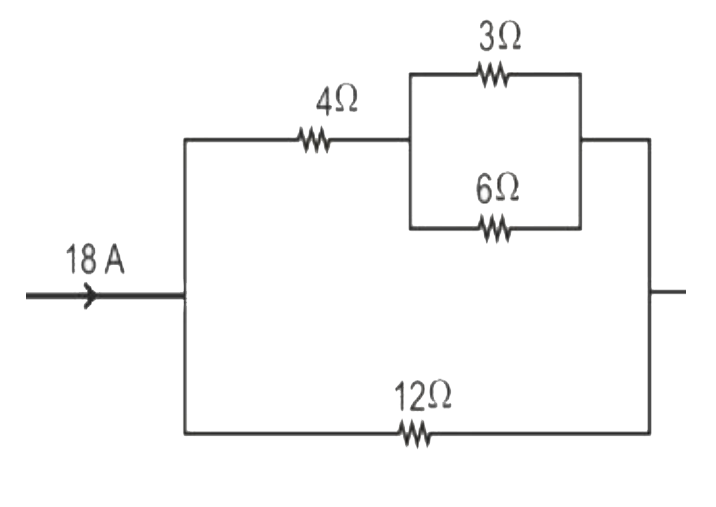Let the resistance of an electrical component remain constant while the potential difference across the two ends of the component decreases to half its former value. What change will occur in the current through it ?
To solve the problem, we will use Ohm's Law, which states that the current (I) flowing through a conductor between two points is directly proportional to the voltage (V) across the two points and inversely proportional to the resistance (R) of the conductor. The relationship is given by the formula:
V=I×R
1. Identify the initial conditions:
- Let the initial potential difference (voltage) be V.
- Let the initial current be I.
- The resistance R is constant.
2. Apply Ohm's Law:
- According to Ohm's Law, we can express the current as:
I=VR
3. Determine the new potential difference:
- The problem states that the potential difference decreases to half its former value. Therefore, the new potential difference V′ is:
V′=V2
4. Calculate the new current:
- Using Ohm's Law again for the new conditions, the new current I′ can be calculated as:
I′=V′R
Substituting V′:
I′=V2R
5. Simplify the expression:
- This can be simplified to:
I′=V2R
Since I=VR, we can rewrite I′ as:
I′=12×VR=12I
6. Conclusion:
- Therefore, when the potential difference is halved, the current through the component also decreases to half of its original value:
I′=I2
Final Answer:
The current through the electrical component will decrease to half of its original value.
- Let the initial potential difference (voltage) be V.
- Let the initial current be I.
- The resistance R is constant.
- According to Ohm's Law, we can express the current as:
I=VR
- The problem states that the potential difference decreases to half its former value. Therefore, the new potential difference V′ is:
V′=V2
- Using Ohm's Law again for the new conditions, the new current I′ can be calculated as:
I′=V′R
Substituting V′:
I′=V2R
- This can be simplified to:
I′=V2R
Since I=VR, we can rewrite I′ as:
I′=12×VR=12I
- Therefore, when the potential difference is halved, the current through the component also decreases to half of its original value:
I′=I2
The current through the electrical component will decrease to half of its original value.
Topper's Solved these Questions
Similar Questions
Write the relation between electric power of a devices with potential difference across its two ends and its resistance .
View SolutionIf the potential difference across the ends of a conductor is doubled, the current flowing through it gets
View SolutionA current 0.2A flows in a wire of resistance 15Ω. Find the potential difference across the ends of the wire.
View SolutionCalculate the potential difference across the ends of a wire of resistance 2Ω'whenacurrentof1.5 A passes through it.
View SolutionIn the electrical network shown in the figure, What will be the potential difference (in volt) across 3Ω resistance ?

View SolutionA conducting rod is moved with a constant velocity v in a magnetic field. A potential difference appears across the two ends
View SolutionIf a constant potential difference is applied across a bulb, the current slightly decreases as time passes and then becomes constant. Explain.
View SolutionIf the potential difference applied across a variable resistor is constant, draw a graph between the current in the resistor and the resistance.
View SolutionCalculate the potential difference required across a conductor of resistance 5 Ω to pass a current of 1.5 A through it.
View SolutionDraw a. current versus load and b. current versus potential difference (across its two terminals) graph for a cell.
View Solution
